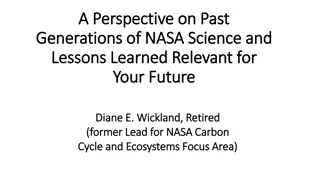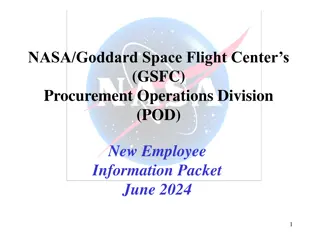LSC Data Policies for NASA LISA Study Team and Friends
This document outlines the data policies for the NASA LISA Study Team, including release phases, alert timelines, and content of notices and circulars. It describes the process from initial alerts to updates based on improved accuracy, providing information essential for locating and understanding gravitational wave events. Collaboration retains exclusivity over some details but aims to support external observers in event analysis.
Uploaded on Oct 04, 2024 | 3 Views
Download Presentation

Please find below an Image/Link to download the presentation.
The content on the website is provided AS IS for your information and personal use only. It may not be sold, licensed, or shared on other websites without obtaining consent from the author.If you encounter any issues during the download, it is possible that the publisher has removed the file from their server.
You are allowed to download the files provided on this website for personal or commercial use, subject to the condition that they are used lawfully. All files are the property of their respective owners.
The content on the website is provided AS IS for your information and personal use only. It may not be sold, licensed, or shared on other websites without obtaining consent from the author.
E N D
Presentation Transcript
LSC Data Policies For NASA LISA Study Team and friends David Shoemaker (personal observations) 27 April 2019 G1900861 1
Current Phases of release Alerts Publications of transients Publications of CW/Stochastic analysis Bulk data release 2
Alert timeline for O3 Within 1 10 minutes after GW trigger time, a preliminary notice will be sent autonomously, with a skymap as soon as it is available 4
Within 24 hours after the GW trigger time (goal: within 4 hours for BNS or NSBH sources), the Initial notices and circulars will be distributed with an update for the sky localization area and the source classification. They are vetted by human instrument scientists and analysts. The initial circular will be labeled as retracted or confirmed. Note that the initial circular is considered the first LIGO/Virgo publication of a GW candidate, appropriate to cite in publications. Alert timeline for O3 5
Alert timeline for O3 Update notice and circulars are sent whenever the sky localization area or significance accuracy improves (e.g. as a result of improved calibration, de-glitching, or computationally deeper parameter estimation). 6
Notice Contents Date, Author, Where/When FAR - Estimated false alarm rate in Hz SkyMap - URL of HEALPix FITS localization file Group -- CBC or Burst; Pipeline If Burst: Central Frequency, Duration, Fluence If CBC: Probability that the source is a BNS, NSBH, BBH merger, or noise Probability of a neutron star, and ejection of neutron star matter The objective is to provide all the information needed to find a host The Collaboration holds back additional information to allow Collaboration-exclusive Science But sees need to allow observers to perform triage too many events The circular update available within 24 hours will include text with an expert evaluation of the impact of any data quality issues 7
Expected Detection rates in O3 Binary neutron stars (BNS) 1/month to 1/year Median 90% credible localization 120-180 deg2; 12-21% localized < 20 deg2 Binary black holes (BBH) few/week to few/month Neutron-star black-hole binaries (NSBH) Uncertain, estimates include zero Other transients Unknown Observed rate: upper end of the estimates! so far 3 BBH, a BNS, and a likely BH-NS 8
Publications of transients All detections are published by the full qualified author list LSC and Virgo together; speak here of LSC practice Authors must spend 50% or more of research time on LIGO ~800 people qualify (out of 1300 LSC members) Alphabetical author list; includes operators, engineers, some undergrads Want to reward all members; putting some names first demotes e.g., instrumentalists Publications release 1 hour of strain h(t) around the event(s) Posterior samples Data quality flags Data behind figures Currently no auxiliary channels --- environment, other detetecto DOF, etc. (~100,000 of em) Due to the difficulty of documenting them; and the concern that it is too easy to misinterpret them if you don t know the machine inside and out 9
Gravitational-Wave Open Science Center GWOSC -- https://www.gw-openscience.org LIGO and Virgo s portal for Bulk data Event 1-hour time-series data, etc. Pointers to papers, data behind figures, posterior samples Pointers to analysis codes Pointers to Workshop materials The nominal scope is determined by the LIGO Laboratory-NSF Data Management Plan Some postings beyond the DMP scope Community requests to GWOSC on other elements of interest welcome 10
Bulk Data Releases for O3 Catalogs are planned to be issued on 6 month observing chunks 18-month proprietary period Designed to allow catalogs and associated papers to be completed As laid out in the LIGO Laboratory-NSF Data Management Plan We will strive to complete these steps as quickly as possible, which could enable an earlier bulk release of data Evolution to shorter proprietary periods foreseen by LIGO (Virgo less so) 11
What influences the Bulk Release Plan? Delay in release is driven by : Desire to put out a quality product Desire to reward collaboration members with first papers real time investment/reward payback for people who spent decades getting us here Magnitude of delay driven by Time to get data set clean and calibrated Time to complete catalogue papers Time to perform full-dataset analyses (Continuous Waves, Stochastic) 12
What influences the Bulk Release Plan? Pressure to reduce delay is growing More interest (and skill) outside of collaboration to do independent analyses Suspicion we are making stuff up Data belong to the taxpayers! Collaboration should evolve from current form (optimized for first detection), with more of the astrophysics done on the outside Need larger community to argue for new observatories! Will only happen if we have a lot of very happy customers, and many people whose career depends on growth of the field 13
The Network, the Future LIGO and Virgo coordinating closely on O3 Observing, Analysis and publication, Data releases MoU puts us in lockstep, but still two collaborations KAGRA hoping to join toward the end of O3 Working toward joint analysis with LIGO/Virgo O4 Currently foreseen for early-2021 to mid-2022, at design sensitivity Hoping it will be the 4-detector network of 2xLIGO, Virgo, KAGRA LSC, Lab, NSF considering shorter periods before release of data Decisions will depend on ability to shorten preparation and analysis times, scope of key core collaboration analysis goals A+ Upgrade follows for LIGO, AdV+ for Virgo observing by 2024 LIGO-India comes into play ~2025 (at A+ sensitivity) 14
Long term? dhs musing, not LSC policy! Need to evolve to open data It is inevitable that this is the end state How much payback is enough? Ideally, leave a core collaboration Create secure positions to operate detectors, calibrate, data quality, low-latency alerts, low- latency detections/parameter estimation Probably ~300 persons or so .also instrumentalists? Question: how to keep next-generation instrumentalists rewarded? Most are not natural authors of astro/interpretation papers But most academic institutions want those papers on a CV even for instrumentalists Core collaboration opt-in option to a handful per year of external papers? When open data? Gradual decrease as we get faster with prep/catalogues; CW/Stochastic remains an issue Certainly should be immediate release by the time of 3G detectors (2030s LISA-time) 15
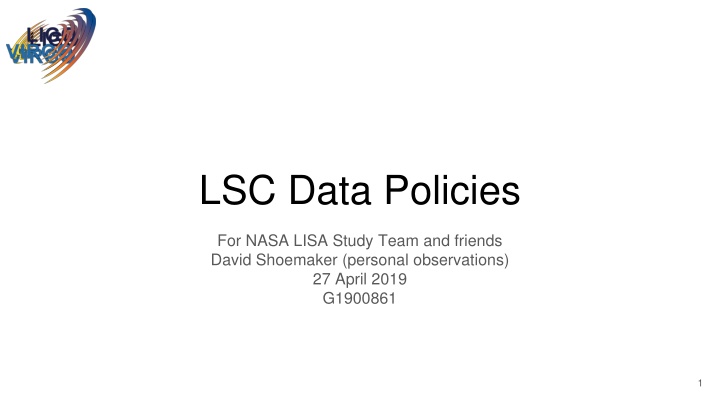

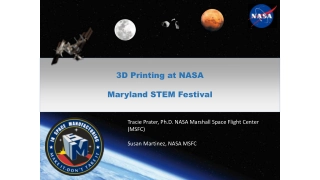
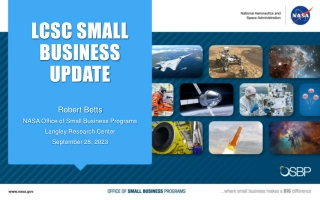

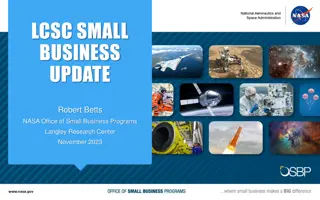
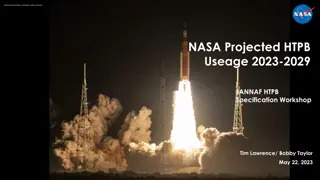
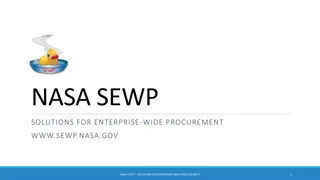

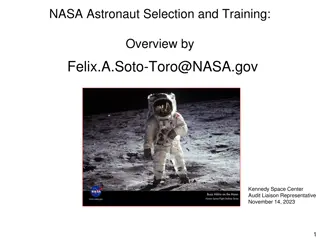
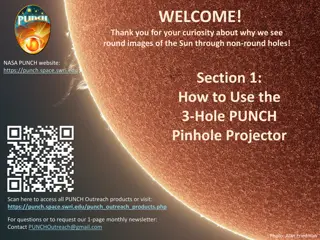
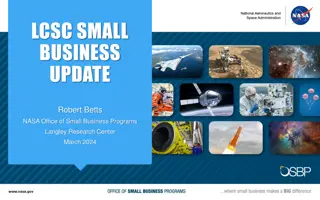

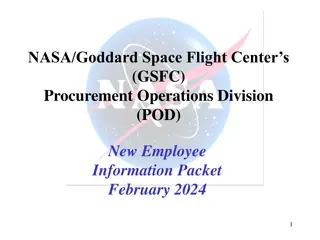
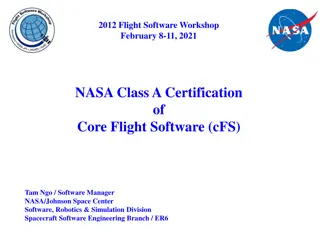
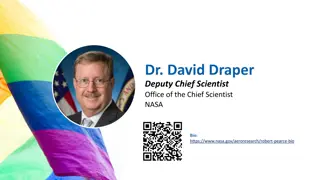
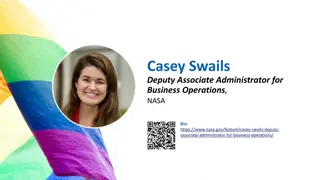
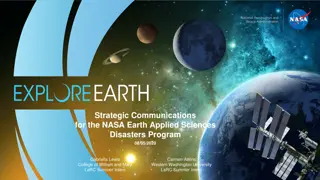


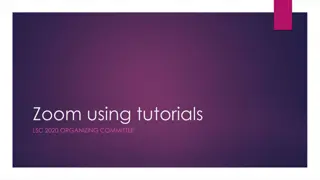
![USA Swimming and [Insert LSC Here] Starter Clinic Overview](/thumb/162824/usa-swimming-and-insert-lsc-here-starter-clinic-overview.jpg)
